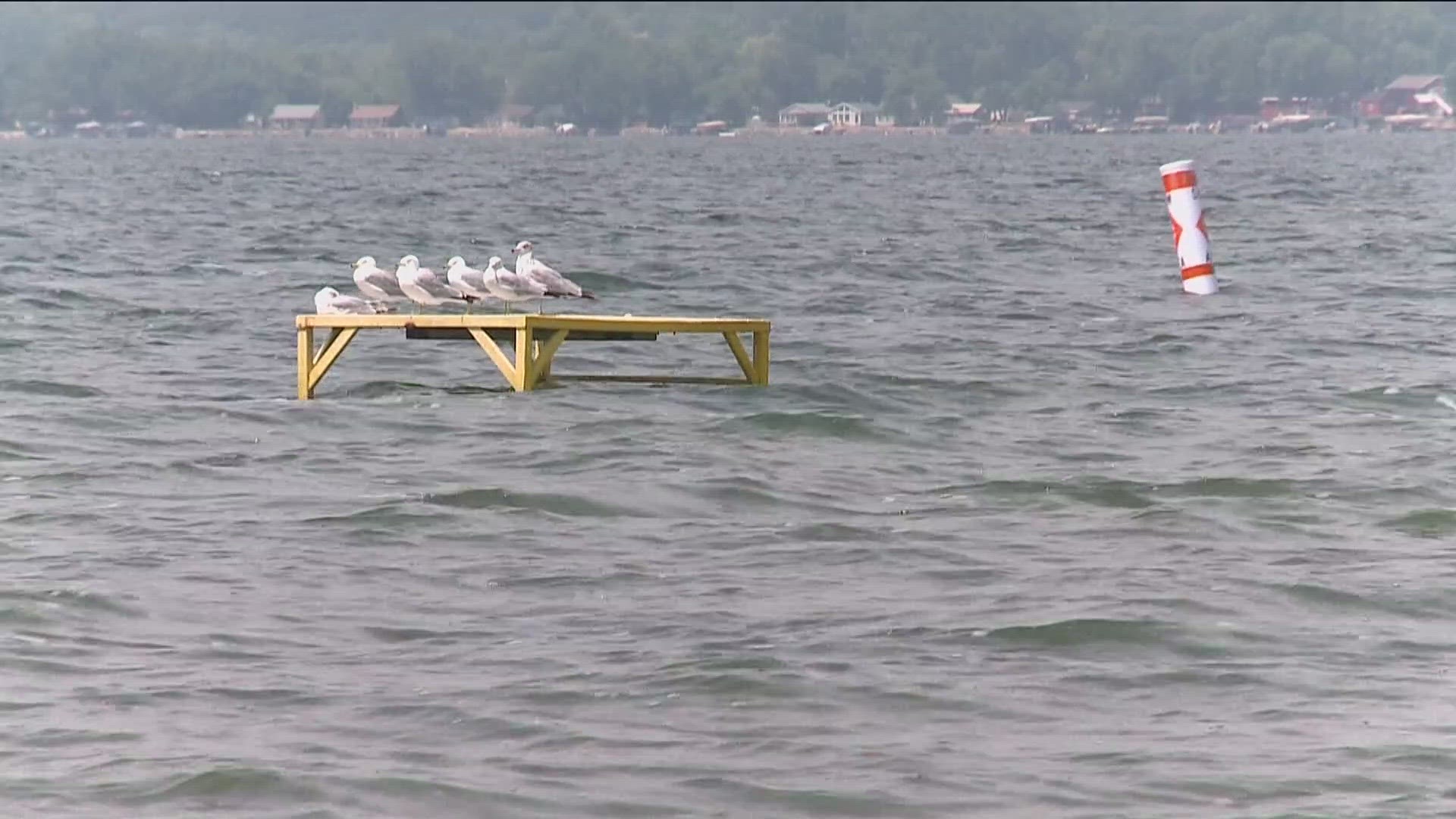ATLANTA — A Georgia resident is dead after being infected by a brain-eating amoeba, likely from swimming in a fresh lake or pond, according to the Georgia Department of Public Health on Friday.
The commonly referred to brain-eating ameba's scientific name is the Naegleria fowleri infection. It is rare, and the health department said that about three people in the United States are affected a year. But though the rate of infection is low, those infections are usually fatal. The last time someone died from the amoeba in Georgia was 21 years ago.
The latest death marks the sixth in Georgia since 1962.
According to the health department, the amoeba lives in soil and warm freshwater lakes, rivers, ponds and hot springs. Bodies of salt water like the ocean are free of Naegleria fowleri and it's not found in properly treated drinking water and swimming pools. However, there's no environmental test for it.
Why is it called 'Brain-eating'?
Georgia Department of Public Health said it can cause a brain infection when water goes up the nose. The amoeba cannot infect people if they swallow water, and it's not spread from person to person.
Dr. Cherie Drenzek, the state epidemiologist, said out of 160 known infections in the U.S. in the past 60 years - all but four have been fatal.
How to avoid Naegleria fowleri?
The amoeba only affects humans, not animals and there's no cure for those who become infected so the best way to battle it is to avoid it.
The amoeba occurs naturally and can't be controlled, according to the health department, but some precautions from the CDC include:
- Avoid jumping or diving into bodies of warm freshwater, especially during the summer.
- Hold your nose shut, use nose clips, or keep your head above water when in bodies of warm fresh water.
- Avoid putting your head underwater in hot springs and other untreated geothermal waters.
- Avoid digging in, or stirring up, the sediment in shallow, warm fresh water. The amoebae are more likely to live in sediment at the bottom of lakes, ponds and rivers.
CDC epidemiologist Julia Haston said the risk of getting infected is low - but not zero.
"But we can lower it even further by doing things like avoiding submerging your head in freshwater, or using nose clips, or holding your nose when you're swimming this summer," Haston said.
Common symptoms Naegleria fowleri
According to the health department, this is how symptoms usually occur, the infection starts with a severe headache, then the person could suffer from a fever, feel nauseous and even vomit. This can progress to a stiff neck, seizures and coma that can lead to death.
These symptoms usually begin about five days after infection but can start within 1 to 12 days. Once symptoms start, the disease progresses rapidly and usually ends in death within about five days.

